SCAMPER
SCAMPER - a creativity tool
SCAMPER is a checklist that helps you to think of changes you can make to an existing product to create a new one. You can use these changes either as direct suggestions or as starting points for lateral thinking.
Developed by Bob Eberle, the changes SCAMPER stands for are:
S – Substitute – components, materials, people.
C – Combine – mix, combine with other assemblies or services, integrate.
A – Adapt – alter, change function, use part of another element.
M – Modify – increase or reduce in scale, change shape, modify attributes.
P – Put to another use.
E – Eliminate – remove elements, simplify, reduce to core functionality.
R – Reverse – turn inside out or upside down, or use reversal.
Rationale
Problem solving is the process by which a situation is analysed, a workable solution is determined, and corrective action is taken. The common milestones of problem solving are to:
Define (or clarify) the problem.
Analyse causes.Generate ideas (identify alternatives).
Weigh up ideas (assess alternatives).
Make a decision (select an alternative).
Determine next steps to implement the solution.Evaluate whether the problem was solved or not.
The SCAMPER Technique
Substitute
Think about substituting part of the product or process for something else.
Typical questions: What else instead? Who else instead? What other materials, ingredients, processes, power, sounds, approaches, or forces might I substitute? Which other place?
Combine
Think about combining two or more parts of the product or process to make something new or to enhance synergy.
Typical questions: What mix, assortment, alloy, or ensemble might I blend? What ideas, purposes, units, or appeals might I combine?
Adapt
Think about which parts of the product or process could be adapted or how you might change the nature of the product or process.
Typical questions: Does the past offer a parallel? What else is like this? What other idea does this suggest? What might I adapt for use as a solution? What might I copy? Who might I emulate?
Magnify, Modify
Think about changing part or all of the product or process, or distorting it in an unusual way.
Typical questions: What other meaning, colour, motion, sound, smell, form, or shape might I adopt? What might I add?
Put to Other Uses
Think of how you might put the product or process to another use or how you might reuse something from somewhere else.
Typical questions: What new ways are there to use this? Might this be used in other places? Which other people might I reach? To what other uses might this be put if it is modified?
Eliminate
Think of what might happen if you eliminated parts of the product or process and consider what you might do in that situation.
Typical questions: What might I understate? What might I eliminate? What might I streamline? What might I make smaller, lower, shorter, or lighter?
Reverse
Think of what you would do if part of your product or process worked in reverse or done in a different order. What would you do if you had to do it in reverse? You can use this to see your opportunity from different angles and come up with new ideas.
Typical questions: What if I did it the other way round? What if I reverse the order it is done or the way it is used? How would I achieve the opposite effect?
Brefi Group Limited
Unit 11 BSC, Hood Road
Barry CF62 5QN
United Kingdom
Reg. No. 1669333
Copyright 2024 Brefi Group Limited. All Rights Reserved
